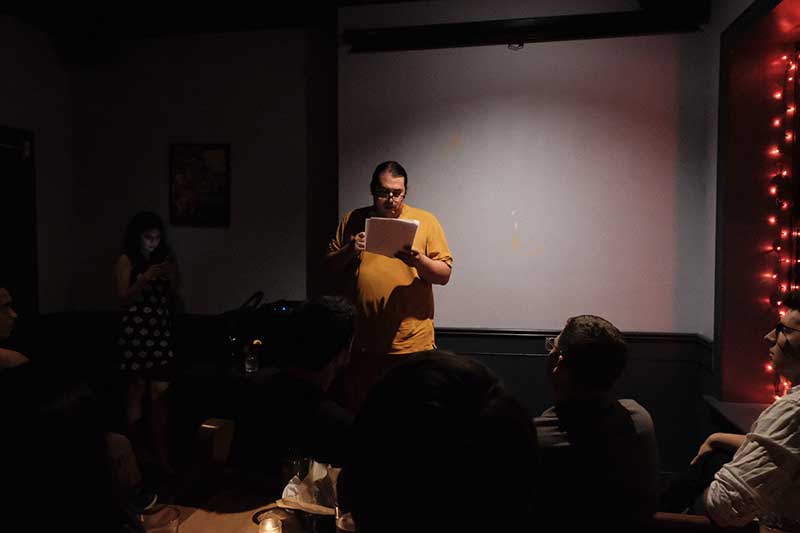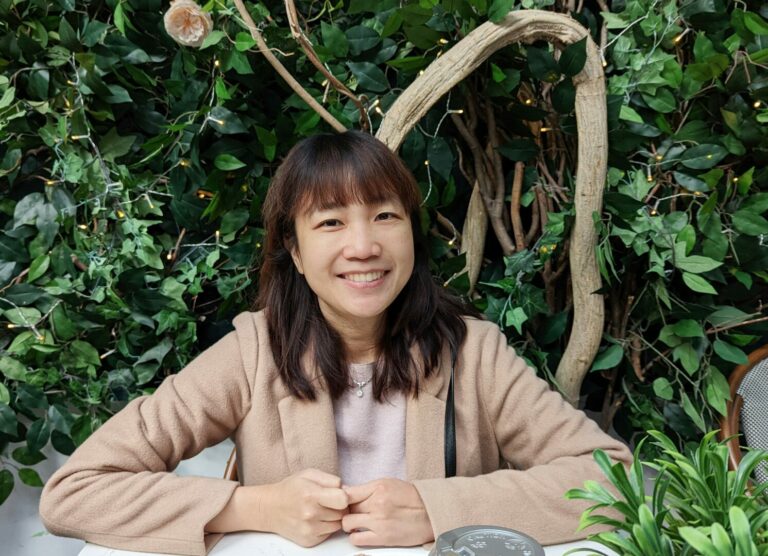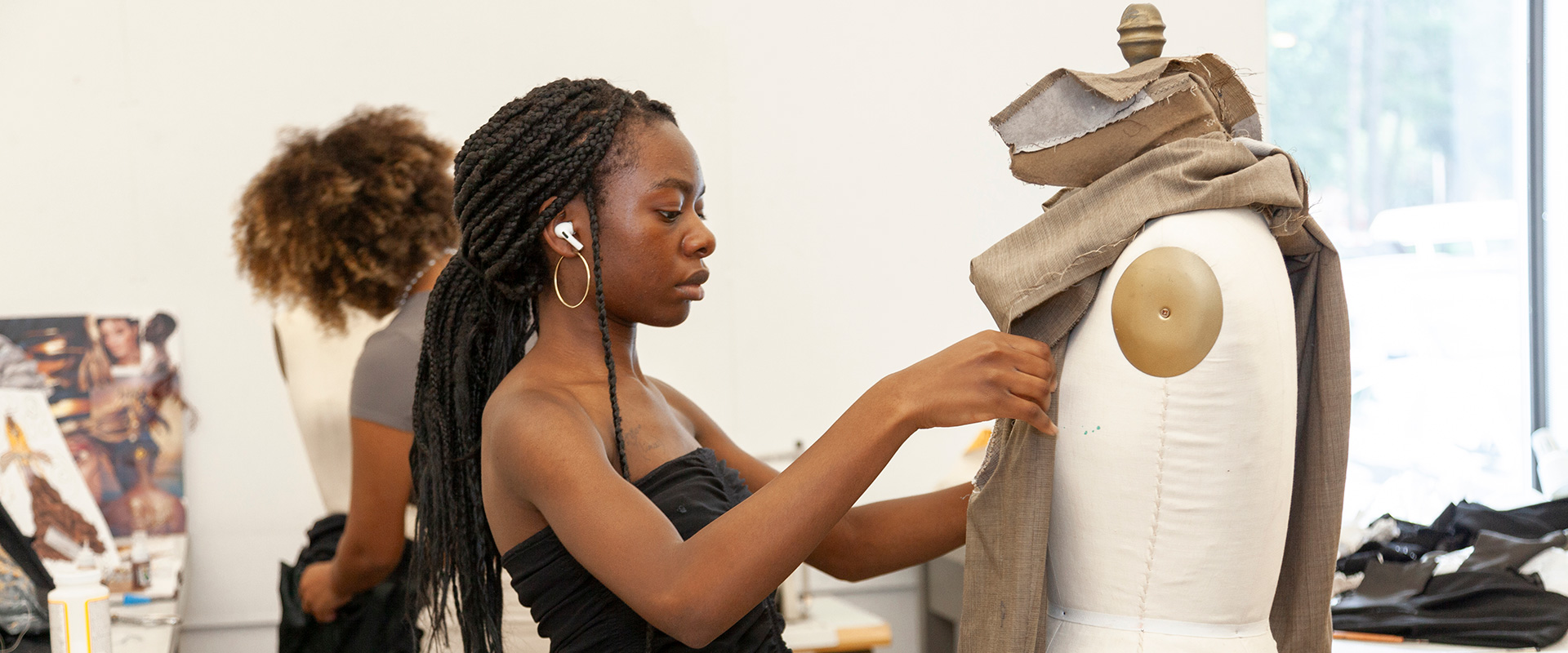We were lucky to catch up with Ian Macallen recently and have shared our conversation below.
Hi Ian, thank you so much for agreeing to open up about a sensitive and personal topic like being fired or laid-off. Unfortunately, there has been a rise in layoffs recently and so your insight and experience with overcoming being let go is relevant to so many in the community.
How did you overcome a layoff and/or getting fired?
For most of my career I worked at a small, boutique communications firm. There was a lot of learning-by-doing. There wasn’t a team of people, just me and the person I worked for, so I ended up involved in a lot more than just creative work. There was no IT department, there was no billing department. It was just me fixing things, sending invoices, managing vendors. So I ended up learning to do a lot of the different tasks required for running a business.
Then I started working remotely during the pandemic. My wife and I both worked in our small one bedroom apartment. Suddenly I had a coworker, and it was sort of eye-opening to experience how other small businesses operated. I began to realize how much labor I was actually doing, and how that didn’t necessarily match my compensation. And seeing how my wife’s job functioned, it was also illuminating to see a different type of workplace environment where coworkers and supervisors were supportive.
Later that year we were working remotely in a house we shared with my brother and sister-in-law. We were all still working remotely. My sister-in-law had just launched her own specialty communications firm. During the course of the summer, I watched her birth her business with nothing but her experience, and I thought it so inspiring.
When my wife and I had a baby, our costs started rising pretty quickly. Inflation, diapers, formula, all cut into our monthly income. I was looking to supplement my salary. I did a few freelance design assignments to help pay for diapers and formula, but getting paid directly for my labor was addictive. Working late into the night to meet a tight deadline was a lot more satisfying knowing that the invoice for that time was coming directly to me.
Meanwhile, my employer had quiet-quit her own small business. She wasn’t signing new clients. The week she laid me off, I set up my own LLC, Design Is The Message.
In the long term, I might have set up my own agency because I liked how it felt working for clients directly, of cashing their checks, and connecting my labor to the money. But getting laid off really pushed me towards making my agency work, because I needed to pay for rent and diapers. The layoff was the final push I needed to commit to working for myself rather than someone else.
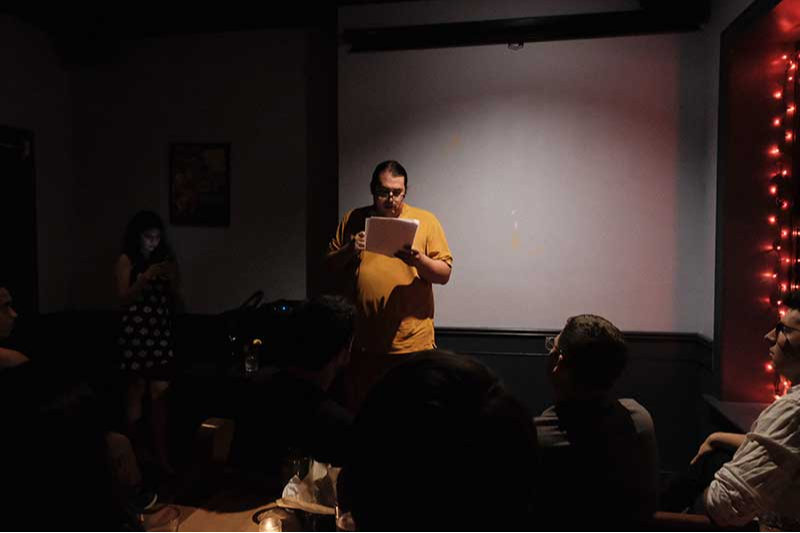
Thanks, so before we move on maybe you can share a bit more about yourself?
How did you overcome a layoff and/or getting fired?
For most of my career I worked at a small, boutique communications firm. There was a lot of learning-by-doing. There wasn’t a team of people, just me and the person I worked for, so I ended up involved in a lot more than just creative work. There was no IT department, there was no billing department. It was just me fixing things, sending invoices, managing vendors. So I ended up learning to do a lot of the different tasks required for running a business.
Then I started working remotely during the pandemic. My wife and I both worked in our small one bedroom apartment. Suddenly I had a coworker, and it was sort of eye-opening to experience how other small businesses operated. I began to realize how much labor I was actually doing, and how that didn’t necessarily match my compensation. And seeing how my wife’s job functioned, it was also illuminating to see a different type of workplace environment where coworkers and supervisors were supportive.
Later that year we were working remotely in a house we shared with my brother and sister-in-law. We were all still working remotely. My sister-in-law had just launched her own specialty communications firm. During the course of the summer, I watched her birth her business with nothing but her experience, and I thought it so inspiring.
When my wife and I had a baby, our costs started rising pretty quickly. Inflation, diapers, formula, all cut into our monthly income. I was looking to supplement my salary. I did a few freelance design assignments to help pay for diapers and formula, but getting paid directly for my labor was addictive. Working late into the night to meet a tight deadline was a lot more satisfying knowing that the invoice for that time was coming directly to me.
Meanwhile, my employer had quiet-quit her own small business. She wasn’t signing new clients. The week she laid me off, I set up my own LLC, Design Is The Message.
In the long term, I might have set up my own agency because I liked how it felt working for clients directly, of cashing their checks, and connecting my labor to the money. But getting laid off really pushed me towards making my agency work, because I needed to pay for rent and diapers. The layoff was the final push I needed to commit to working for myself rather than someone else.
I’m a storyteller. I tell stories in different mediums, from written narratives to visual ones. Sometimes those stories are for entertainment, sometimes they are to learn a lesson, and sometimes they are to help sell a product.
I started out working in direct mail. I’ve designed a lot of postcards for issue advocacy and political candidates. A postcard is an interesting format to tell a story because you have two sides to a card, like two acts of a play, but you don’t control which side your reader sees first. You also only have their attention for a few seconds between the mailbox and the trash bin, so not only do you have to communicate the full story in a very short time, both the visuals need to be compelling enough for the reader to look at it. What I learned from that is how to make a succinct message, but with enough visual force to grab a reader’s attention.
In more complex projects like websites or pitch decks or product brochures, a lot of the design challenge is in organizing critical information in a way that is digestible. Visual elements can help separate information so it’s easier to understand. Even simple facts can tell a story if they are arranged in a specific way. For instance, a timeline with visual delineation is more impactful than a simple list of dates. The information we choose to highlight tells the story.
Compelling content begins with compelling design. It doesn’t matter how important your message is if nobody reads it. I called my agency Design Is The Message because I believe that the way something looks is as important as the narrative being told. We live in a highly visual world filled with distractions. The best way to rise above those distractions is through well thought through, visually impactful design.
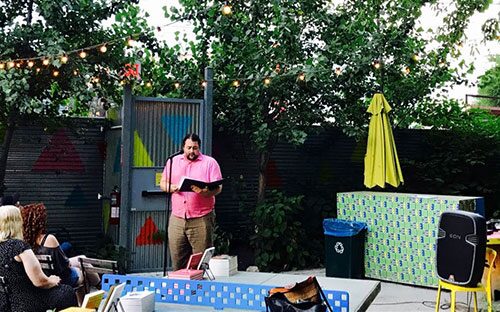
There is so much advice out there about all the different skills and qualities folks need to develop in order to succeed in today’s highly competitive environment and often it can feel overwhelming. So, if we had to break it down to just the three that matter most, which three skills or qualities would you focus on?
The thing that I believe has been crucial for my success is curiosity. I think it’s very easy to be told how to do something and then complete a task. But you can’t innovate if you are just repeating the same process over and over again. I want to know why a thing works, how it works, what goes into making it work. Answering those questions has always given me insight to process. Sometimes I can improve the process. Other times it allows me to prioritize the critical processes, and pay less attention to the ones that are redundant. But having the curiosity to want to know how a thing works is the first step.
Another thing that has been immensely helpful is my desire to create things. Years ago, in high school I created my first website. Back then I was on dial-up internet service hand coding HTML with a book explaining basic tags. It wasn’t about making money or selling a product. It was simply because I enjoyed the act of creation. My website was about community theater. I had a friend who built a fansite for the band U2. We compared notes in history class and learned different techniques that made us better at developing websites.
I kept building websites over the next several decades, each celebrating an interest of mine. Most recently, I built a database-backed website to review the playgrounds my wife and I take our toddler to. The process takes us all over the city to different neighborhoods and different playgrounds. Now, Brooklyn Playgrounds has more than 100 reviewed, starred, and we even gave each one a rat-o-meter rating. It’s a fun project that allows us something to do with our toddler. And while it’s not a commercial project, I have shown it off while pitching projects. Building out the site also allowed me to learn new methods of using the databases and software.
And I think that’s another important quality – being open to constantly learning new skills. The first print layouts I created were in PageMaker. But over the course of my career, I have learned QuarkXpress and InDesign, primarily by turning on the software and making a layout. I had to adapt as software evolves, and having an open mindset to change is part of success.
Over the years, I’ve built websites when they were nothing more than HTML, then learned how to use CSS, Bootstrap, and no-code solutions like Webflow. So much of this is learned through experience – by creating projects that were purely about making a thing, not about trying to create a product. I’ve also learned soft skills like SEO, analytics analysis, ads, and media editing.
There are lots of people who will tell you that you need to learn to say no and that you should guard your time. I take the opposite approach. Be generous. Say yes. You never know what you are going to learn when you push yourself. Helping other people can be its own reward. But also being generous with your time, especially helping younger people who are less experienced, has always come back around to help me because teaching other people, sharing wisdom, can help you better understand a topic too.
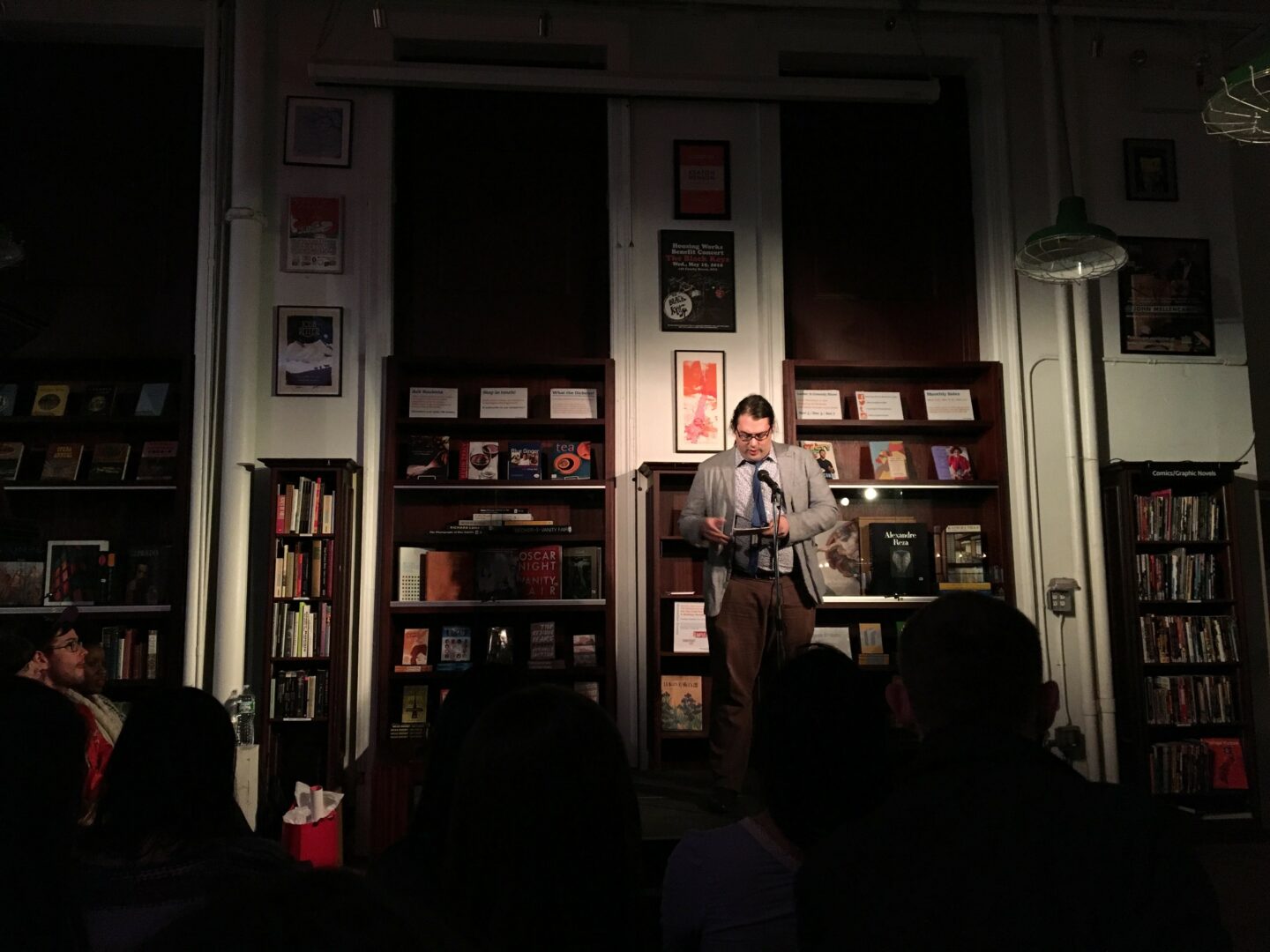
Tell us what your ideal client would be like?
I love working with other small businesses, especially professionals who are just beginning to build their business. Larger companies, especially in the tech sector, might pay better, but I find that they also come with a lot of obstacles to success.
When a business is starting out, you have a blank canvas to create the brand, style, voice, and the narrative without any past history holding you back. There are also plenty of questions new business owners have, so sometimes you aren’t just offering marketing advice or design advice or web design, but also maybe someone might want a suggestion on an accountant or human resources consultant. Since these small professional businesses are also clients, I have a deep rolodex of people to recommend.
Working directly with the principal of a business allows faster decisions to be made. There’s less design-by-committee and more execution.
I have found there are two types of clients that I work well with. Some people have a clear point of view and aesthetic, and they want me to execute their vision. The challenge is in extracting their ideas through conversation, and then filling in the blanks. The other type of client are those who implicitly trust you to create the materials for them. They know their field really well, and are experts in what they do – but they trust that I’m an expert in design and marketing. Both types of client can have their own challenges, and I enjoy working with both.
I also like working with new clients because I feel like we are growing the business together. It’s great to hear that the marketing materials are driving new customers and more growth. Each client has the same rush and excitement of startup.
All this isn’t to say small business clients aren’t without challenges. New businesses in particular can have cash flow problems, and sometimes that means being flexible on payment terms, or knowing they may need to pause work while waiting for financing or for their clients to pay their invoices. Ensuring diversity in your client list can help insulate you from these ups and downs, and to me that’s another advantage of working with small businesses. Instead of having one big fish that can make or break your budget, smaller clients are more easily replaced.
Contact Info:
- Website: https://www.designisthemessage.com/
- Instagram: https://www.instagram.com/designisthemess/
- Facebook: https://www.facebook.com/ianmacallen/
- Linkedin: https://www.linkedin.com/company/designisthemess/
- Youtube: https://www.youtube.com/channel/UCHIfQ9uBdjRM2NQf9pvILJA
- Other: https://bsky.app/profile/ianmacallen.bsky.social
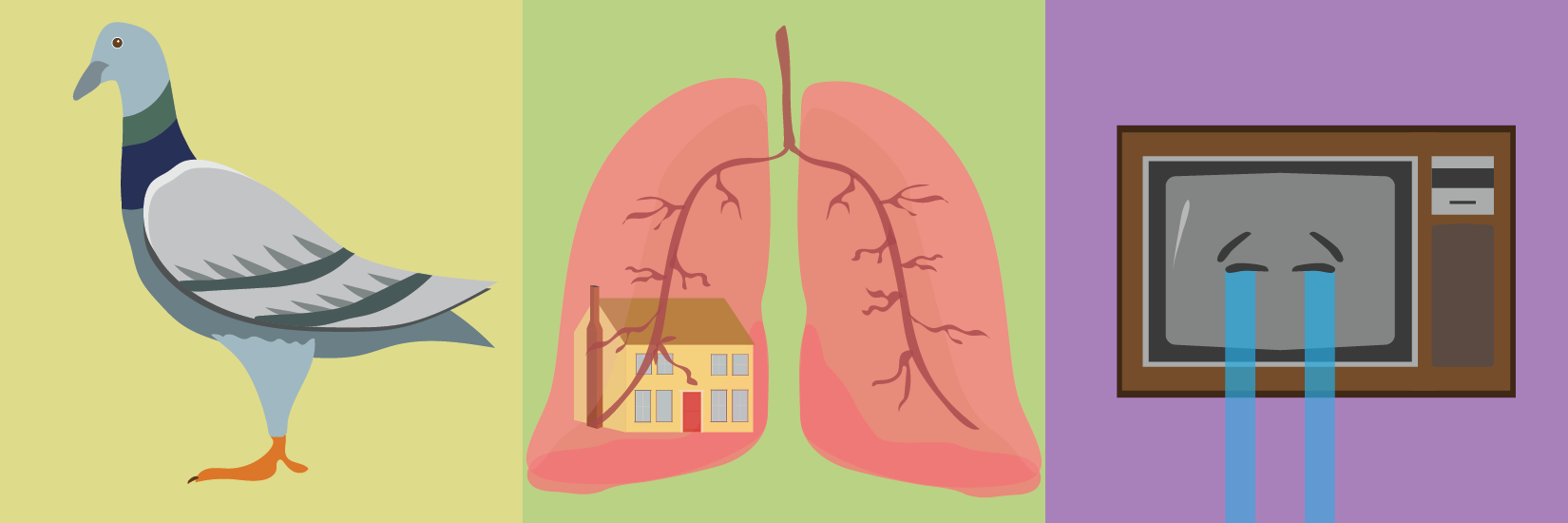
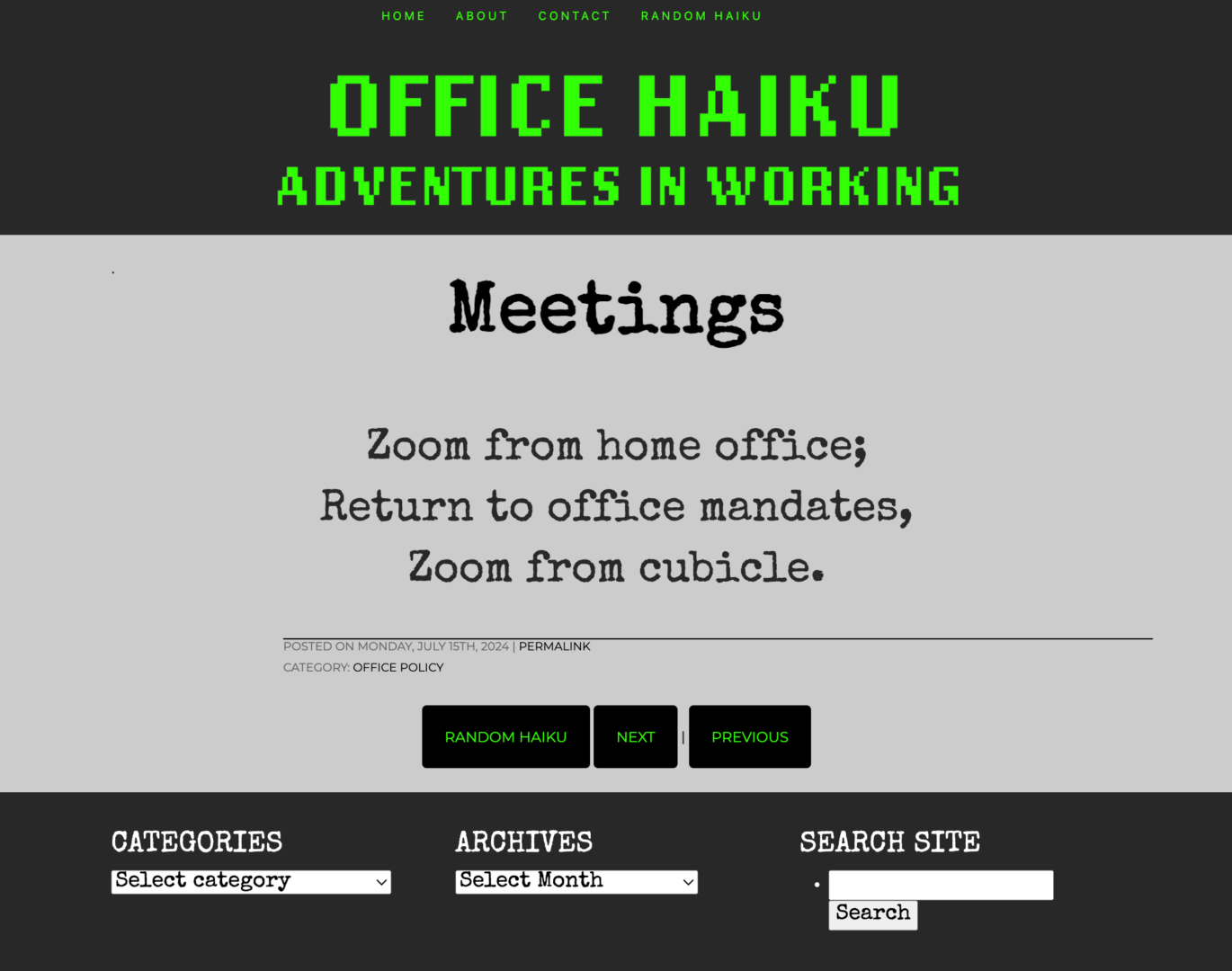
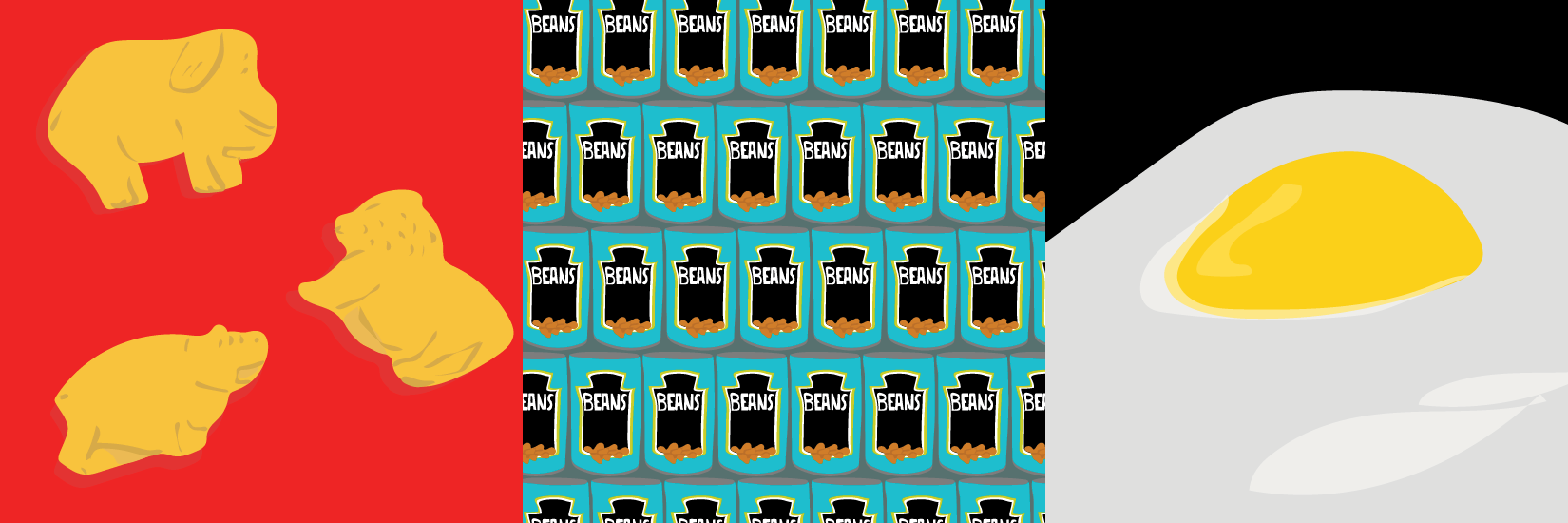

Image Credits
Annmarie Pisano
so if you or someone you know deserves recognition please let us know here.

